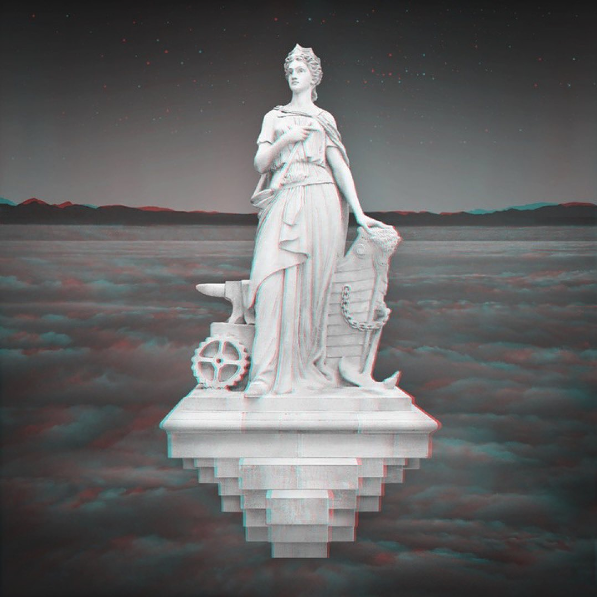
If you read my newsletter, you may already have picked up some of the books I mentioned in my year in reading piece for The Millions, either because I’ve talked about them here or because they connect to our shared preoccupations. Here’s the preamble:
My first book, Ancestor Trouble, came out this year, and I remain as engaged with the concerns that preoccupied me while writing it as I was before it was published. All my life I’ve been drawn to stories and ponderings on the corrosive effects of family secrets, about recurring tendencies, wounds, and harms in individual families, and the reverberations of all this in the larger world. I wrote about these questions on my blog back in the aughts, sometimes in personal posts but also in broader ones about books and art and politics. So I’m encouraged by our national preoccupation with ideas of intergenerational trauma. I hope we’ll increasingly recognize the ways that those ideas so naturally complement our closer attention to the history of oppressive cultural systems (and the complicity of some of our ancestors in their construction). I’m also energized by deepening understandings of kinship that include our beyond-human relations, that extend to the earth itself and are informed by spiritual traditions and practices that endured despite the individualistic emphasis of Anglo-European modernity. At the same time, I sense an emerging critical frustration around stories that excavate these questions. (Parul Seghal’s “The Case Against the Trauma Plot” comes to mind.) And sure, there will always be facile variations of any kind of story, any form of investigation. But I’d argue that these questions are valuable and eternal and that their suppression through the Enlightenment’s centering of the individual has been both toxic for the world at large and a tragedy for humanity.
I read too many good books to list in full here, so I’ll focus on the ones I love that, to me at least, touch on these themes in some way. The first two are out in April of next year, but you can preorder them now as gifts to yourself. Dionne Ford‘s tenacious, openhearted, and often poetic Go Back and Get It: A Memoir of Race, Inheritance, and Intergenerational Healing took my breath away. On her thirty-eighth birthday, Ford found a photo of her great-great grandmother with the white man who’d enslaved her—also Ford’s ancestor—and two of the six children they had together. Seeing these forerunners of her own most wrenching experiences deepened and clarified a search that Ford had been moving toward since childhood. The result is transcendent: memoir and quest, critique and exhortation, a distillation of wisdom profound as the Psalms. And in Mott Street: A Chinese American Family’s Story of Exclusion and Homecoming, Ava Chin blazes a path through the fictions made necessary by the Chinese Exclusion Act to a gorgeously intimate story of her own family across generations and a powerful indictment of the ways this country’s past xenophobia reverberates in the present. She discovers that many of her ancestors’ histories flow through a single building on Mott Street, a place that simultaneously grounds and unleashes the spirit of their collective story. It’s a beautiful and necessary book.
Read the rest over at The Millions, if you’d like. And I’ve mentioned this book in the newsletter, but I tore through Ada Ferrer’s excellent Cuba: An American History at the end of last year. I’d read a precursor personal essay in The New Yorker that gutted me, so I set aside time to sit with and savor the book and am so glad I did, though I also wish I’d thought to include it in my Millions write-up. I’m incredibly honored by Ferrer’s kind words for Ancestor Trouble in the WSJ over the weekend — she called it “a fascinating and wide-ranging meditation on how and why the stories of our own dead matter” — alongside her praise for Tiya Miles’s beautiful All That She Carried and Javier Zamora’s Solito.
The Boston Globe and The Atlanta Journal-Constitution included Ancestor Trouble among their favorite books of 2022, joining The New Yorker, NPR, The Washington Post, Time, The Boston Globe, Esquire, Garden & Gun, Entertainment Weekly, and Chicago Tribune (by John Warner of The Biblioracle Recommends) in bestowing this distinction. I am amazed and incredibly thankful.
I marked the solstice in part by celebrating the inclusion of Max’s “The Work of Hope” (above) in the “Hope/Less” show at the Heller Museum, on view through January 5. His description of the piece is worth pondering, for me at least and maybe for you, as we enter this period of rest.
Victorian-era sculptors depicted the allegorical figure of Hope as a woman wearing flowing garments and a diadem, often with an anchor by her side, and a hand held up to the sky, or over her heart. The Statue of Liberty is one example of the genre.
Another is a granite statue titled “Industry,” created for the Chicago Board of Trade’s 1885 headquarters, and augmented with unusual elements including a chisel, an anvil, a gear wheel, and a ship’s prow. A stereoscopic image of that statue is at the center of THE WORK OF HOPE.
The statue is pictured here atop an imaginary base of stone blocks, hovering above a sea of clouds, beneath the star patterns of the winter solstice. She exemplifies hope not as a passively experienced emotion, but as an actively cultivated mindset, suggesting that amid turmoil and darkness, the work of hope is keeping a deliberate, informed focus on the possibilities for transformative change — an essential form of creativity.